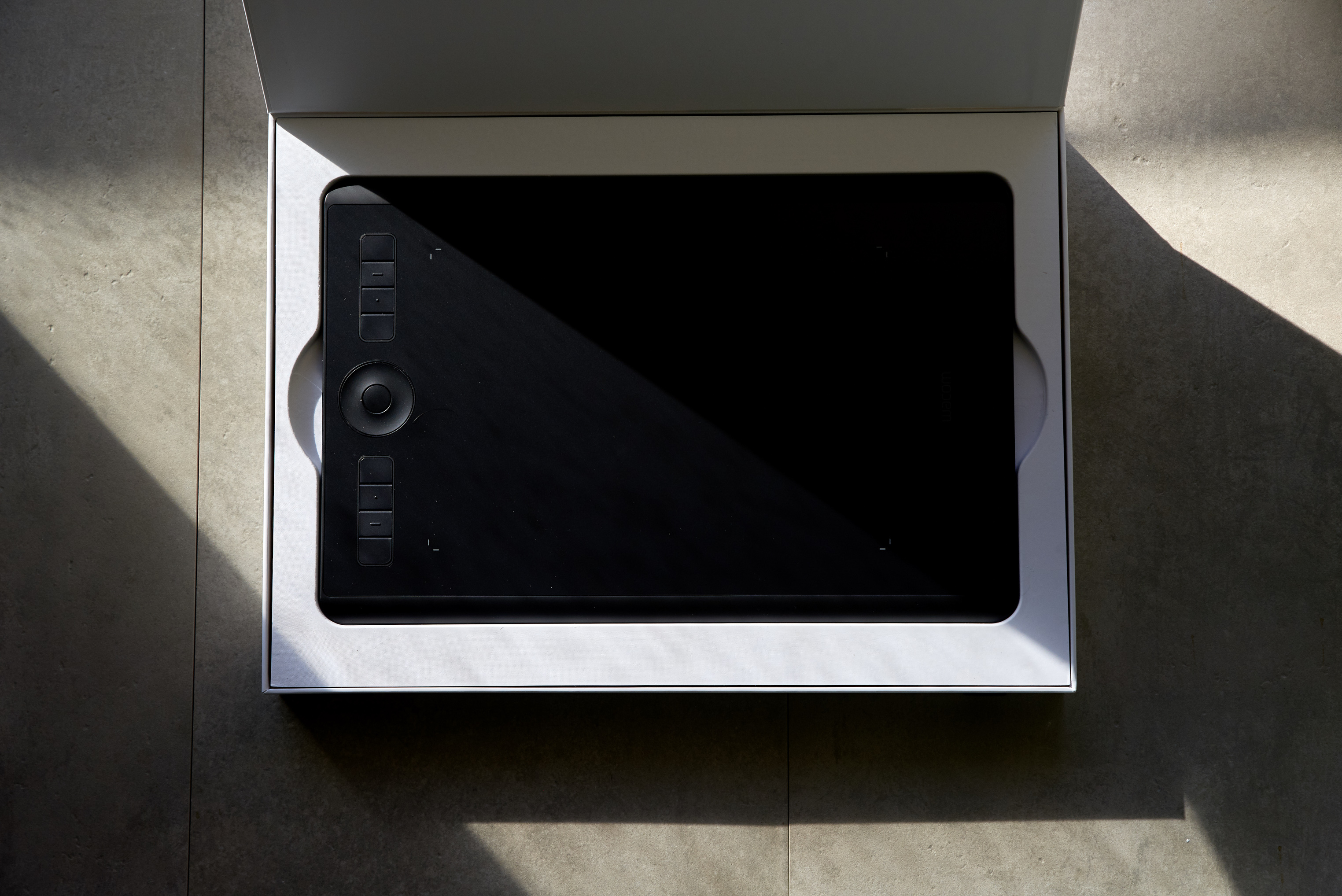We are here to help!
We love answering your question about this topic. If we were to be your provider, you can access instant help using our live chat from our website, Skype (18 hours perday) toll-free phone tech support (USA), and 24/7 support ticket system. Contact us today for more details.
OBS Studio官方版是一款深受欢迎的视频直播录制软件,跟经典版的区别就是,音频分路简单,在不出错的情况下性能优于经典版。OBS Studio官方版本身内置了一些常用的插件,如窗口捕获、视频捕获设备、文本、图像、媒体源等。. OBS, winamp and snip. Posted by 4 years ago. OBS, winamp and snip. Dear, I want to add an automatic song name and title to my stream when a song. Jul 02, 2020 Looking at the layout we decided at the last minute to 180 degrees the board. So that F13-F14 is our start-stream / Start Record. F15-F16-F17 is our previous track, pause, and next track in WinAMP. Or a music player of choice! F18-F19-F20-F21 is our scene transitions within OBS.
*************
Contact us for great pricing on the SAM Broadcaster Software
OBS is a free program that allows you to stream audio and video to online platforms such as Facebook, Twitch, and Youtube. To start, navigate to the OBS website and download the compatible version of OBS software for your system. How to live stream with OBS using an audio interface // Focusrite. Archive skins for the great Winamp media player, download Winamp skins for free on WinampHeritage.com.
How to Broadcast to your Shoutcast Server using Winamp? |
------------------------------------------
For great service and great prices, check out:
------------------------------------------
©2015 Quality DJ Streaming (qualitydjstreaming.com) QDJS. Copying this material is strictly prohibited
Quality DJ Streaming
Check out our Sponsors


Winamp Obs Now Playing
LoudMax is a Look-Ahead Brickwall Loudness Maximizer Plugin with a clean transparent sound. It is designed to retain the original character of the music as much as possible even at high compression levels.
Downloads:
VST Plugin v1.38 for Windows PC 32/64bit
AU/VST Plugins v1.38 for Mac published by PlugInGuru
AU/VST Plugins v1.38 for older Mac OS X 32/64bit (OS 10.5 - 10.14)
LADSPA Plugin v1.38 for Linux x86 32/64bit
Winamp Plugin v1.38
Additional Releases:
GUI-less VST Plugin v1.38 for Windows PC 32/64bit
Winamp Plugin v1.38 32/64bit (zipped dll)
Please note the disclaimer on the right!
Release notes v1.38:
- The rounding behavior of the algorithm was fixed.
Main range of application:
- Audio Mastering
- Output Limiter/Maximizer for web radio stations
Controls:
- One slider for threshold, one for the output level
- Meters for input, output and gain reduction in relation to the desired threshold
- Link: Output slider will be coupled to the threshold slider
- ISP: Inter-sample peak detection for true peak limiting
Features:

- True Peak Limiting (Further information for ISP below)
- Supported Samplerates: 2kHz - 384kHz
- Latency: 1.25ms (+ 6 samples with ISP)
- Look-Ahead and Attack Time: 1.25ms
- Release Time: Automatic - depending on the input signal
- No audible distortion
- Possible overdrive: 740dB
- Very low CPU usage
LoudMax is available as VST 2.4 Plugin for Windows and Mac OS X, Audio Unit Plugin for Mac OS X, LADSPA Plugin for Linux x86 and as Winamp Plugin.
A SSE2-capable CPU is necessary (Pentium 4 / AMD Athlon 64 or newer).
The Mac OS X Plugins are 'Universal Binaries' with support for Intel Mac.
The Audio Unit version was built with Symbiosis from NuEdge Development.
The version for MAC OS Catalina was created with the friendly support of the guys from PlugInGuru.
For the users of older MAC OS a legacy version is available.
The Linux Plugin has no meters since LADSPA doesn´t support a custom GUI. But it supports 5.1 surround modes. See README file in the LADSPA zip package for further informations.
The Winamp Plugin also supports 5.1 surround. Built-in stereo overdrive protection avoids distortions in a subsequent stereo downmix.
The Winamp Plugin has a simplified user interface. Only one slider for adjusting the maximum amplification. The maximum output level is 0dB.
The GUI was designed by LimeFlavour based on the idea and colorscheme of Sinkmusic.
Thanks to Hannes Druener for using his MacBook and testing.
Winamp Obs Free
Thanks to PlugInGuru for hosting the MAC files.
Inter-Sample Peak Detection:
The higher the frequency, the greater the probability that the true peak will be between two digital audio samples. These true peak overshoots can be up to 3 dB for proper band-limited audio and even much more for pathological signals. This can become a problem not only with poor D/A converters, but also with subsequent sample rate conversions, e.g. from 44.1 to 48 kHz or vice versa, and the use of audio compression such as MP3 or AAC.
For more information see the 'Tutorials' section.
When ISP is turned on, four additional samples are calculated between every two samples present. This reduces true peak overshoots for proper band-limited audio to 0.2 dB and for pathological signals to 0.5 dB.
ITU-R BS.1770: There are coefficients given in this recommendation for the calculation of inter-sample peaks. Unfortunately these coefficients do not seem to be optimal for limiters. They have a negative effect on transients and lead to high overshoots in true peak meters that use higher quality upsampling. Therefore LoudMax uses optimized coefficients that do not affect transients and reduce the overshoots to similar values with all true peak meters tested. The downside is that BS.1770 calibrated true peak meters will also detect overshoots of up to 0.2 dB with LoudMax ISP detection. So if you need to guarantee a true peak level of -1.0 dB for example, set the output level to -1.2 dB or even -1.5 dB.
Using ISP will double the CPU utilization and increase latency by 6 samples.
LoudMax changes the latency dynamically when ISP is switched. Note that most hosts do not adjust latency compensation while playing, but at the next stop/start.

